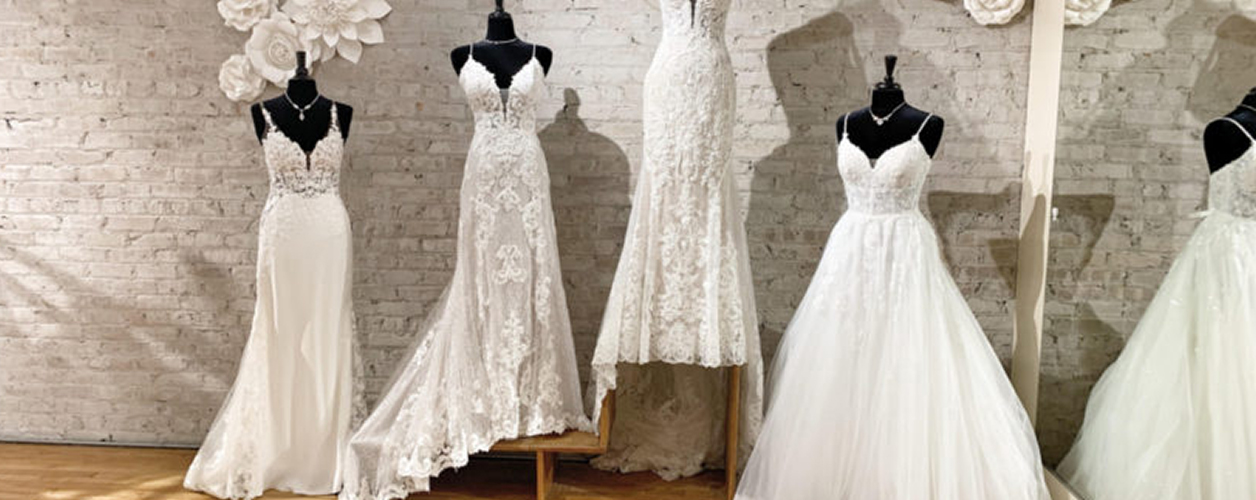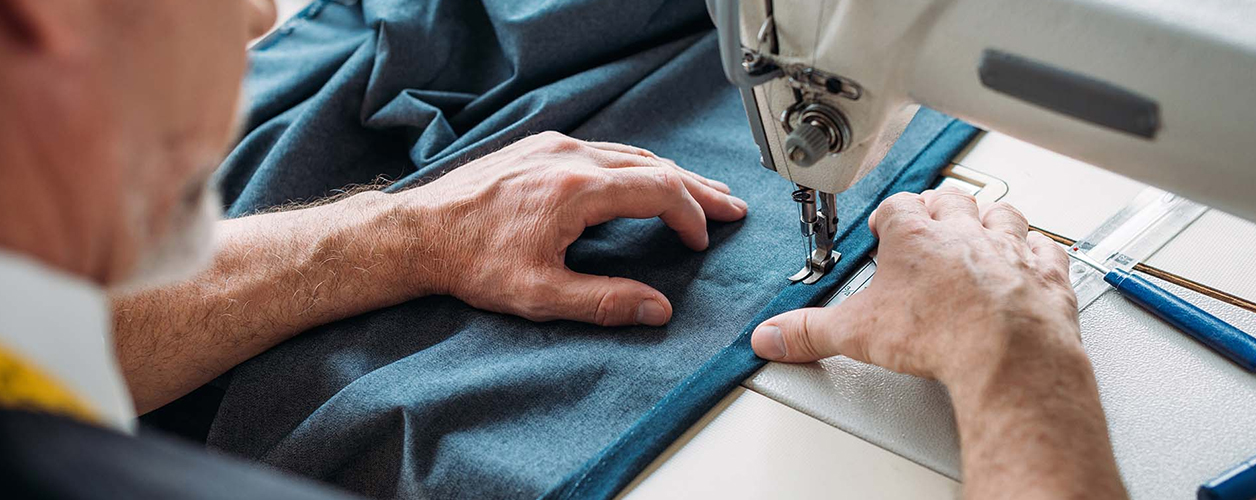When it comes to dress alterations, cutting corners can lead to more than just a disappointing fit—it can pose a significant risk to the integrity of your garment. Some seamstresses and tailors, in their quest to save time and costs, may compromise the quality of their work, leaving customers with dresses that may not withstand the test of time. In this blog, we will learn about dress alteration risks and why dress alterations are required. Let us check the facts before starting dress alterations.
Why are Dress Alterations Required?
Dress alterations are often required for various reasons to ensure that a garment fits the wearer perfectly and meets their preferences. Here are some common reasons why dress alterations may be necessary:
- Body Shape and Size Differences: People come in various shapes and sizes, and off-the-rack dresses are designed to fit a general range of body types. However, individual body shapes and sizes can vary significantly, leading to the need for alterations to achieve a better fit.
- Length Adjustments: Dresses often need length adjustments, whether it's shortening a hem, adjusting the sleeves, or modifying the overall length of the dress. This is important to ensure the garment is the right length for the wearer's height and proportions.
- Bust, Waist, and Hip Adjustments: Different individuals may have different proportions in terms of bust, waist, and hips. Alterations may be required to tailor the dress to these specific measurements, providing a more flattering and comfortable fit.
- Strap and Neckline Adjustments: Straps on dresses may be too long or too short, and necklines might need to be modified to achieve the desired look and comfort level. Alterations can address these issues and enhance the overall aesthetics of the dress.
- Changing Style Preferences: Sometimes, individuals may want to modify the style of a dress to better suit their taste. This could include changing the neckline, adding or removing embellishments, or altering the silhouette.
- Weight Loss or Gain: Fluctuations in weight can affect the fit of a dress. If someone has lost or gained weight since purchasing a dress, alterations may be necessary to ensure it fits properly.
- Special Occasions: For formal events like weddings or proms, individuals often desire a custom fit to ensure they look their best on that special day. Alterations can help achieve the perfect fit for these occasions.
- Vintage or Second-Hand Dresses: When buying vintage or second-hand dresses, alterations may be required to update the style, repair any damage, or adjust the fit to the new wearer.
- Quality of Manufacturing: In some cases, the quality of mass-produced garments may not be perfect, and alterations can address issues such as uneven seams, poorly positioned darts, or other manufacturing imperfections.
Here Are Dress Alteration Unnecessary Risks
Dress alterations are a common and practical solution to customize clothing, ensuring that it complements the individual's body shape and style preferences. Professional tailors or seamstresses can skillfully perform these adjustments to create a well-fitted and aesthetically pleasing garment. Here are dress alteration unnecessary risks:
The Hidden Dangers of Hastily Stitched Seams
Picture this: you're wearing your altered dress, ready to hit the dance floor or take a stroll. Little do you know that the seemingly inconspicuous alterations might be the weak link in your ensemble. Solid stitching is paramount, especially if you plan to move around frequently in your dress. A lack of attention to detail during the alteration process can result in stitching that loosens over time, causing the shape of your dress to shift.
It's not uncommon for some seamstresses and tailors to expedite the cutting and sewing process to unacceptable levels, putting your dress at risk. Rushed work can lead to damaged fabric and compromised stitching, making your dress less durable than it should be. If you ever plan to resell your dress, be prepared to invest more in restoring it to a sellable condition.
Delicate Fabrics Deserve Gentle Treatment
Delicate fabrics, such as lace, require a delicate touch. Unfortunately, some seamstresses and tailors handle dresses roughly and carelessly in the production room, risking tears and alterations to the fabric's shape. While these damages might not be immediately visible, they can subtly distort the way the dress fits on your body. You may mistakenly attribute changes in the dress's shape to fluctuations in your body when in reality, it's the dress that has been altered through rough handling.
Low-Quality Tailors
When it comes to dress alterations, getting it done at low costs might seem budget-friendly, but it often comes with unnecessary risks. Every dollar short of a standard alteration cost increases the likelihood of compromised quality. For those on a tight budget, it's advisable to consider alternatives rather than solely focusing on the quotation. Instead of jeopardizing the quality of the alterations, inquire about less expensive yet acceptable workaround solutions for your dress. Remember, compromising on quality now might lead to greater expenses later, especially if you find yourself needing to repair or restore a poorly altered dress.
The Importance of Good Fitting Sessions: Tailoring to Perfection
One of the hallmarks of a quality alteration service is the attention given to fitting sessions. Every dress alteration, regardless of its simplicity, should involve a series of carefully planned fittings. These fittings serve as crucial checkpoints to confirm the dress's fit to your body measurements, which can change over time.
Not all seamstresses and tailors, however, provide their customers with an adequate number of fitting sessions. Each individual has a unique body shape, and the urgency of alteration requirements varies. A rushed alteration without sufficient fittings is a recipe for disaster. At a minimum, three fittings should be part of the alteration process: the first during the initial consultation, followed by one or two for measurement confirmation before finalization, and a final fitting just before taking the dress home. Additional fittings may be necessary, depending on the seamstress or tailor's judgment.
Conclusion: Prioritize Quality, Mitigate Risks
In dress alterations, never sacrifice craftsmanship for saved dollars. Your dress deserves meticulous attention and a fitting process ensuring a perfect fit. Don't let unnecessary risks unravel your attire's beauty. Choose a seamstress or tailor valuing quality over speed for a flawlessly fitting dress that stands the test of time. Your wardrobe—and your confidence—will thank you.













